Friendly Reminder That This Exists.

Friendly reminder that this exists.
More Posts from Lanakeat-blog and Others
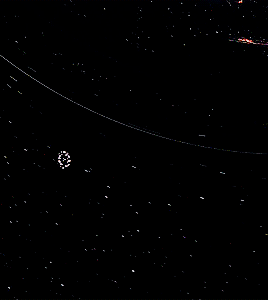
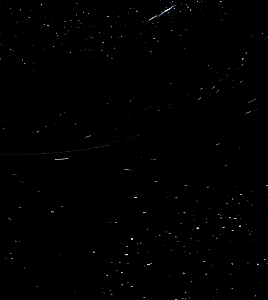
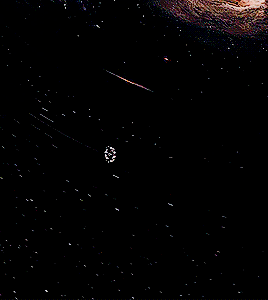
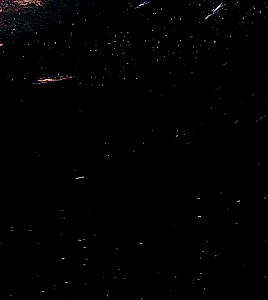
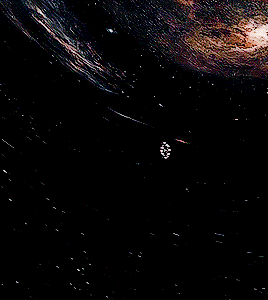
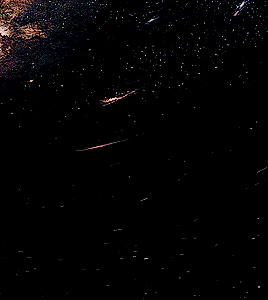
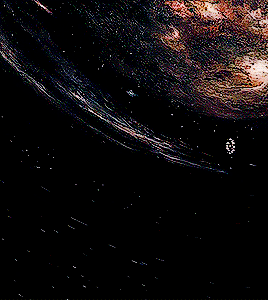
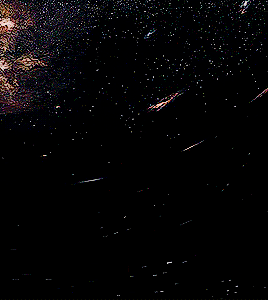
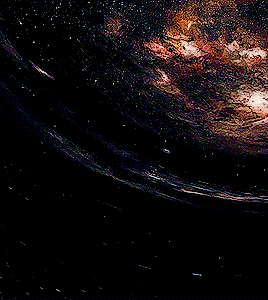
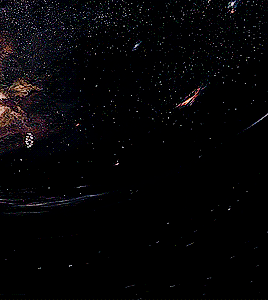
Everybody ready to say goodbye to our solar system? To our galaxy.
IN CASE PEGGY CARTER FANS WANT TO READ ABOUT LADY SPIES:
Or anyone else wants to, for that matter. Here are some places to start:
Vera Atkins
Nancy “White Mouse” Wake
Noor Inayat Khan
Violette Szabo
Eileen and Jacqueline Nearne
Yolande Beekman
Cecile Pearl Witherington
Krystyna Skarbek aka Christine Granville
Odette Sansom Hallowes
Lise de Baissac
Andree Borrel
Eliane Plewman
Madeleine Damerment
Diana Rowden
Vera Leigh
Just a few of the women who worked for the SOE, the OSS, and other organizations during WWII.
Many of their lives are short and tragic. Khan, Damerment, Plewman, and Beekman were executed at Dachau. Vera Leigh died in the Natzwiler-Struthof concentration camp alongside Rowden and Borrel. Christine Granville made it through the war, but was denied post-war field service opportunities, granted civil rather than military honors, refused naturalization papers by the British government, and was finally murdered by a stalker in 1952. Others lived full, long lives, adjusting to the world after the War as best they could, though the jobs they’d done so well were stripped away.
These are the heroes Peggy Carter was fashioned to represent. So, you know. Remember the real thing while supporting their fictional avatar.
We Just Identified More Than 200 New (Potential) Planets
The Kepler space telescope is our first mission capable of identifying Earth-size planets around other stars. On Monday, June 19, 2017, scientists from many countries gathered at our Ames Research Center to talk about the latest results from the spacecraft, which include the identification of more than 200 potential new worlds! Here’s what you need to know:
We found 219 new planet candidates.

All of these worlds were found in a patch of sky near the Cygnus constellation in our Milky Way galaxy. Between 2009 and 2013, Kepler searched more than 200,000 stars in the region for orbiting planets. The 219 new planet candidates are part of the more than 4,000 planet candidates and 2,300 confirmed planets Kepler has identified to date.
Ten of these worlds are like our own.

Out of the 219 new planet candidates, 10 are possibly rocky, terrestrial worlds and orbit their star in the habitable zone – the range of distances from a star where liquid water could pool on the surface of a rocky planet.
Small planets come in two sizes.

Kepler has opened up our eyes to the existence of many small worlds. It turns out a lot of these planets are either approximately 1.5 times the size of Earth or just smaller than Neptune. The cool names given to planets of these sizes? Super Earths and mini-Neptunes.
Some of the new planets could be habitable.

Water is a key ingredient to life as we know it. Many of the new planet candidates are likely to have small rocky cores enveloped by a thick atmosphere of hydrogen and helium, and some are thought to be ocean worlds. That doesn’t necessarily mean the oceans of these planets are full of water, but we can dream, can’t we?
Other Earths are out there.

Kepler’s survey has made it possible for us to measure the number of Earth-size habitable zone planets in our galaxy. Determining how many planets like our own that exist is the big question we’ll explore next.
The hunt for new planets continues.

Kepler continues to search for planets in different regions of space. With the launch of our Transiting Exoplanet Survey Satellite (TESS) and the James Webb Space Telescope (JWST) in 2018, we’re going to search for planets nearest the sun and measure the composition of their atmospheres. In the mid-2020s, we have our sights on taking a picture of small planets like Earth with our Wide-Field Infrared Survey Telescope (WFIRST).
*All images of planets are artist illustrations.
Make sure to follow us on Tumblr for your regular dose of space: http://nasa.tumblr.com

if you’re ever feeling down, here is baby groot dancing :)









How many times before one of us can say it out loud? (x)
need refs/inspo for period clothing?
here you go:
Medieval (9th-15th century):
10th century and earlier
Romance (1000-1250)
11th century
12th century
13th century
more 13th century
14th century
more 14th
15th century
and more 15th century
Gothic (1150-1550)
Renaissance (1520-1650)
16th & 17th century
16th century
more 16th
Tudors (1500-1550)
more Tudors
Elizabethan Period (1558-1603)
Jacobean Era (1603-1625)
17th century
more 17th century
and again
and even more
this won’t stop
Baroque (1600-1750)
Georgian Period (1714-1830):
18th century
more 18th century
18th century women’s fashion
18th century men’s fashion
Rococo (1720-1770)
Classicism (1770-1790)
children 18th-19th century
Regency Preiod (1811-1820)/ Empire (1800-1820s):
1790-1820s
more stuff on regency and georgian era
even more
that’s not enough regency
and more
how is there so much
early 19th century men’s wear
early 19th century women’s wear
Victorian Period (1837-1901):
Romantic Era (1820-1840s)
Civil War Era/1850-1860s
1870-1890s
more victorian
Edwardian Period (1901-1910):
1900-1910s
Belle Epoque (1880-1910s)
more edwardian/belle époque
Modern:
1910s-1920s [Fashion between the World Wars]
1920s
more roaring 20s
so much 20s
1920s hairstyles
1930s
1930-1940s
1930-1950s
1950s
more 50s
1960s
1960-1970s
1980s
lots of periods in one spot/fashion through centuries:
here, here, and here is almost everything (and properly ordered)
also here with lots of historic fashion magazines
100 years of beauty (includes lots of other cultures too!)
historic fashion
costumes of antiquity
more historical clothing
history of fashion
more history of fashion
“vintage” clothing
historic costumes
children’s historical fashion/toys
details
historic wedding dresses
historic assecoires (hats, shoes…)
hats
masks
parasols
lots of embroidery/jewlery
it indeed is western/european centric, I’m sorry for that, but for other cultures I simply don’t have so many references
ALSO note that most of the pictures show historical clothing from the upper classes or more festive clothing of the lower/working class because normal working clothes wouldn’t survive for such a long time, and the clothes were often re-used over and over again!

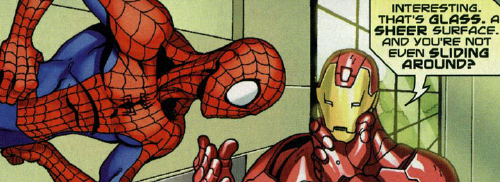
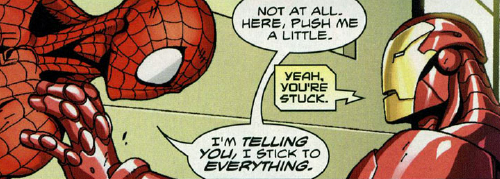


I tried to animate Auror Harry last weekend. Here are at least the key frames :)
more sketches at @potterbyblvnk on instagram!
Things Programmers Shout #698
“Okay, well that’s still an error but at least it’s a different error.” // submitted by @freedominfantasy


Colin is that you
-
 myfireflyinstardustedskies-blog liked this · 3 months ago
myfireflyinstardustedskies-blog liked this · 3 months ago -
 on-a-boat-to-happiness liked this · 7 months ago
on-a-boat-to-happiness liked this · 7 months ago -
 a-star-with-a-human-name liked this · 9 months ago
a-star-with-a-human-name liked this · 9 months ago -
 chichicles liked this · 10 months ago
chichicles liked this · 10 months ago -
 the-letter-horror-lover liked this · 10 months ago
the-letter-horror-lover liked this · 10 months ago -
 miss-nerd-alert liked this · 10 months ago
miss-nerd-alert liked this · 10 months ago -
 avatarquake reblogged this · 1 year ago
avatarquake reblogged this · 1 year ago -
 boywholivedarchive reblogged this · 1 year ago
boywholivedarchive reblogged this · 1 year ago -
 caskettforever liked this · 1 year ago
caskettforever liked this · 1 year ago -
 tapferhills reblogged this · 1 year ago
tapferhills reblogged this · 1 year ago -
 tapferhills liked this · 1 year ago
tapferhills liked this · 1 year ago -
 thatgirlfromhotelcalifornia liked this · 1 year ago
thatgirlfromhotelcalifornia liked this · 1 year ago -
 cazabaranca liked this · 2 years ago
cazabaranca liked this · 2 years ago -
 janinski-198 reblogged this · 2 years ago
janinski-198 reblogged this · 2 years ago -
 babyflowernight liked this · 2 years ago
babyflowernight liked this · 2 years ago -
 lovclylupin reblogged this · 2 years ago
lovclylupin reblogged this · 2 years ago -
 houseofdafne liked this · 2 years ago
houseofdafne liked this · 2 years ago -
 modaozushitposting reblogged this · 2 years ago
modaozushitposting reblogged this · 2 years ago -
 upsetliterary reblogged this · 2 years ago
upsetliterary reblogged this · 2 years ago -
 jensjskdm reblogged this · 3 years ago
jensjskdm reblogged this · 3 years ago -
 jensjskdm liked this · 3 years ago
jensjskdm liked this · 3 years ago -
 bodangob liked this · 3 years ago
bodangob liked this · 3 years ago -
 drreidhjp liked this · 3 years ago
drreidhjp liked this · 3 years ago -
 zazima reblogged this · 3 years ago
zazima reblogged this · 3 years ago -
 ducky2814 reblogged this · 3 years ago
ducky2814 reblogged this · 3 years ago -
 noseyfandomnerd liked this · 3 years ago
noseyfandomnerd liked this · 3 years ago -
 seaglassdinosaur liked this · 3 years ago
seaglassdinosaur liked this · 3 years ago -
 harmoinelove liked this · 3 years ago
harmoinelove liked this · 3 years ago -
 variousfandomsshit reblogged this · 3 years ago
variousfandomsshit reblogged this · 3 years ago -
 idealai liked this · 3 years ago
idealai liked this · 3 years ago -
 usethefutureescapethepresent liked this · 4 years ago
usethefutureescapethepresent liked this · 4 years ago -
 takethesefictions reblogged this · 4 years ago
takethesefictions reblogged this · 4 years ago -
 notclark liked this · 4 years ago
notclark liked this · 4 years ago